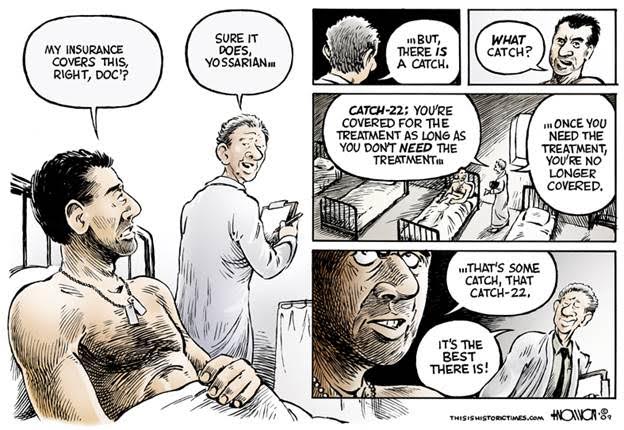Freu d: Inventor of the Modern Mind, Peter D. Kramer (2006)
d: Inventor of the Modern Mind, Peter D. Kramer (2006)
The Harper Perennial “Eminent Lives” series offers biographies that aim to be “succinct, essayistic, and enlivened by a strong point of view….great writers on great figures.” Kramer on Freud does the trick and more. This book aims to bring critical historical biography where hagiography or its opposite the “hatchet job” have held much of our attention. Is Freud a “savant or charlatan?” was a question in Vienna and beyond as early as the 1920s. Kramer answers affirmatively that he was both “inventor of modern mind” and a “false saint.”
A “continent of knowledge” is the phrase a professor of mine once used to describe the open legacies of thinkers like Newton, Darwin, Marx, and Freud, who, now shown to be limited and often wrong, established methods, concepts, and vocabularies that continue to foundationally, tectonically, structure the fields of physics, biology, history, and psychology.
“We may feel saddened and depleted— I do— at the loss of a hero. But then, the gradual revelation of a less straightforward, less competent, less lovable Freud contains an affirmation of Freudian precepts. What Freud believed of humankind applies to his own life. We live at the mercy of our drives, shaped in childhood. What is hidden in people may not be admirable….. Our leaders— the embodiments of our ego-ideal— are our own constructions, arising from our needs….[R]ationality is at a premium, and fantasies abound.”
Think Freud and think of complexes, drives, conflicts, repression, sublimation, transference, projection; of psychoanalysis, of mapping the unconscious by id-ego-superego, of dream interpretations; of infantile sexuality, of cigars. Saintly, it remains to be for one’s present critics to use the updated work of trailblazers. We don’t throw rocks at  sainted Newton for not seeing quantum mechanics while resting in the apple orchard. But Freud.. well he was wacky wrong about, say , why boys fidget in shoe stores as they anticipate their f
sainted Newton for not seeing quantum mechanics while resting in the apple orchard. But Freud.. well he was wacky wrong about, say , why boys fidget in shoe stores as they anticipate their f oot entering the new shoe— “Where is it? Mommy! What have you let this man do to me?”— as castration anxiety. But still, even this— and his “Dora”, “Little Hans”, “Rat Man” and “Wolf Man”—evoke saintly attributes of his case studies as contributions to early modernist literature— James Joyce and T.S. Eliot so many
oot entering the new shoe— “Where is it? Mommy! What have you let this man do to me?”— as castration anxiety. But still, even this— and his “Dora”, “Little Hans”, “Rat Man” and “Wolf Man”—evoke saintly attributes of his case studies as contributions to early modernist literature— James Joyce and T.S. Eliot so many
more— meaning and metaphor, aesthetics and decadence, in the fin-de-siècle Vienna of art for arts sake and wilting Victorianism. This is the water Freud swam in and stirred up vigorously. Continue reading

 The comparison with
The comparison with  rew of Iraq War infantry during the halftime show, before Beyonce, at Cowboy stadium for the annual Dallas Thanksgiving Day Game, sixty years after Dresden, even as America’s Team, stoic executers—
rew of Iraq War infantry during the halftime show, before Beyonce, at Cowboy stadium for the annual Dallas Thanksgiving Day Game, sixty years after Dresden, even as America’s Team, stoic executers—  the rumble with Beyonce’s roadies and a near, quite innocently hot secret romantic tumble with a Dallas Cowboy cheerleader makes his nod to
the rumble with Beyonce’s roadies and a near, quite innocently hot secret romantic tumble with a Dallas Cowboy cheerleader makes his nod to  me show to Hollywood producer pitches— the film version of the 3 minute iPhone captured attempt to save his platoon mate- KIA- and the White House meet and greet in between to wheels up 0500 back to country. Or maybe not.. read the book. My sense is that Billy Lynn’s walks, over a brief time— a flash in the field of fire… the three minute video a life time in comparison brought him the distance of
me show to Hollywood producer pitches— the film version of the 3 minute iPhone captured attempt to save his platoon mate- KIA- and the White House meet and greet in between to wheels up 0500 back to country. Or maybe not.. read the book. My sense is that Billy Lynn’s walks, over a brief time— a flash in the field of fire… the three minute video a life time in comparison brought him the distance of 
 ely and together in danger and in love.
ely and together in danger and in love. anted further by the distant powerful presence of Helen Benjamin as
anted further by the distant powerful presence of Helen Benjamin as  ns.
ns.